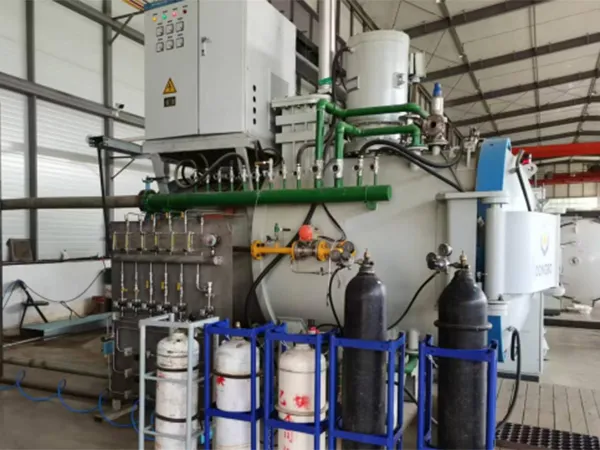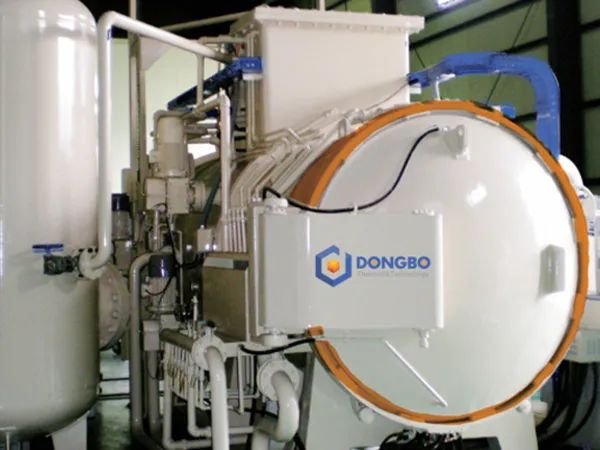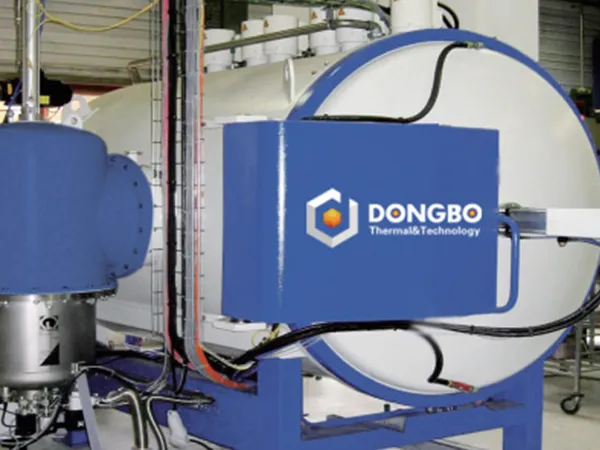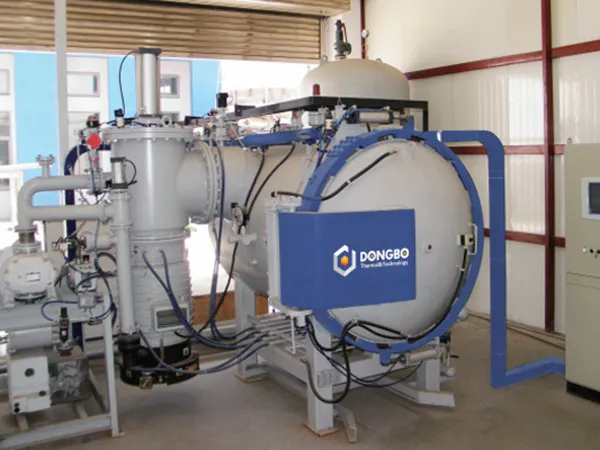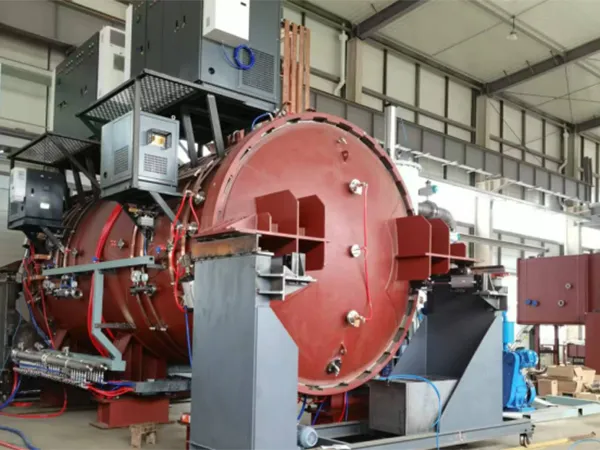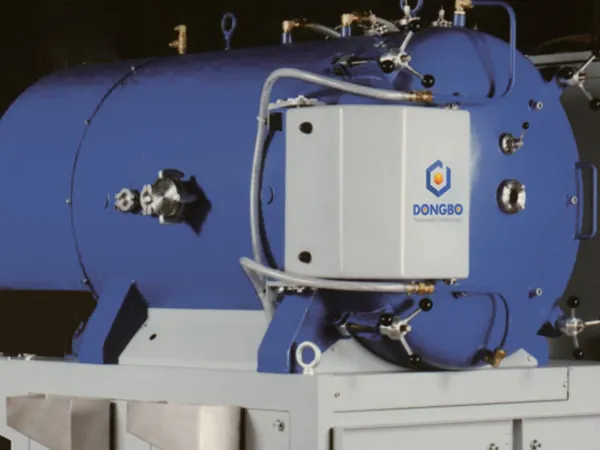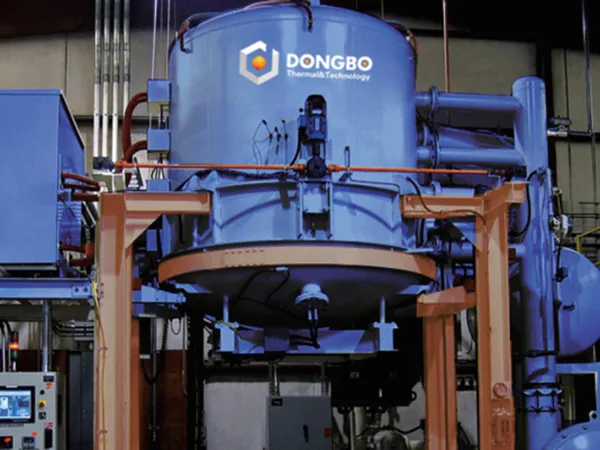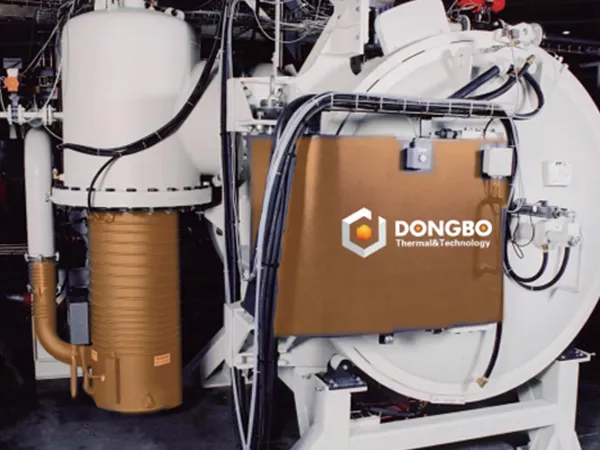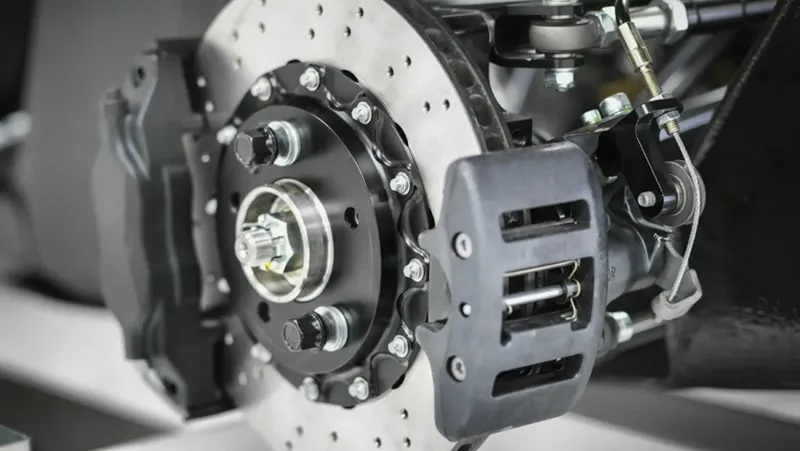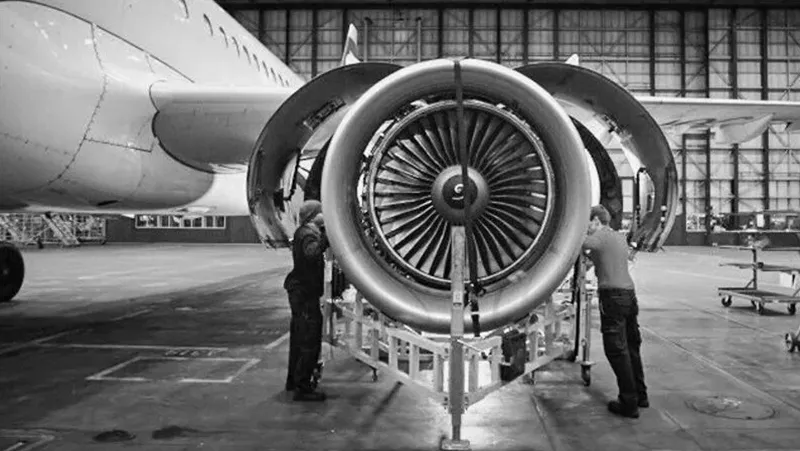What should you consider when purchasing a vacuum furnace?
Choosing the right vacuum furnace is critical to ensuring process efficiency and product quality. Here are key factors to consider:
- Identify the heat treatment processes required, such as carburizing, nitriding, quenching, or annealing.
- Determine the load capacity and chamber dimensions based on processing volume.
- Ensure the furnace can meet the specific temperature requirements of your materials.
- Select a furnace with an appropriate vacuum degree to ensure process consistency.
- Consider whether the furnace supports gas quenching, oil quenching, or high-pressure cooling to suit your application.
- Energy Efficiency – Evaluate the furnace's thermal insulation, heating system, and cooling cycle for optimal energy savings.
Key Components of an Industrial Vacuum Furnace
An industrial vacuum furnace consists of several critical components to ensure efficient and reliable operation such as vacuum chamber, heating elements, temperature and cooling system.
Advantages of Using Vacuum Furnaces
Compared to traditional heat treatment methods, vacuum furnaces offer several distinct advantages that enhance both efficiency and product quality:
- Processing in a vacuum environment effectively eliminates oxidation, ensuring a cleaner surface finish.
- Enables precise regulation of heating and cooling parameters, optimizing the microstructure of materials to achieve desired mechanical properties such as hardness, toughness, and strength.
- Uniform heating and cooling reduce the risk of warping, cracking, or distortion.
- Vacuum processing requires no protective gases or fluxes, resulting in minimal emissions and reduced waste.









